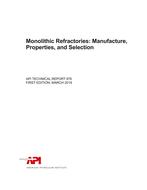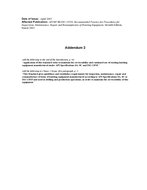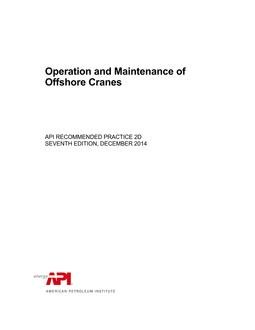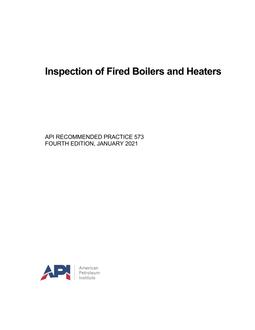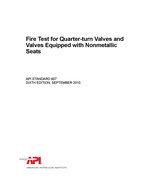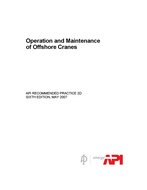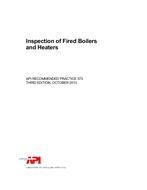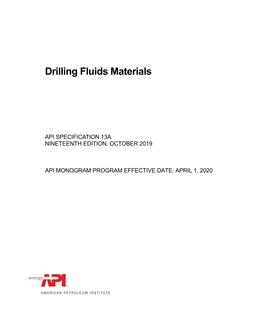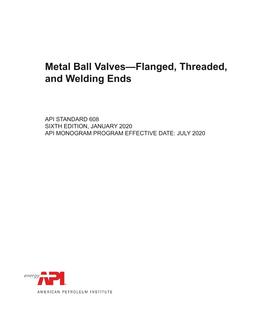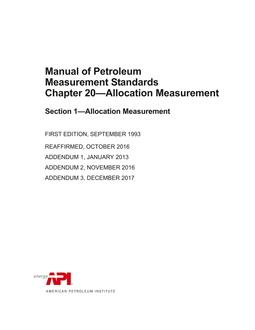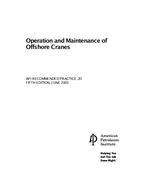
API RP 2D
Click here to purchase
This recommended practice is to be used by crane owners and operators in developing operating and maintenance practices and procedures for use in the safe operation of pedestal-mounted revolving cranes on offshore platforms and drilling rigs. The document outlines criteria for training and qualifying crane operators, inspectors, and riggers as well as providing guidelines for the inspection, testing and maintenance of offshore cranes.
Product Details
- Edition:
- 5
- Published:
- 06/01/2003
- Number of Pages:
- 41
- File Size:
- 1 file , 870 KB
- Product Code(s):
- G02D05, G02D05, G02D05
- Note:
- This product is unavailable in Cuba, Iran, North Korea, Syria
